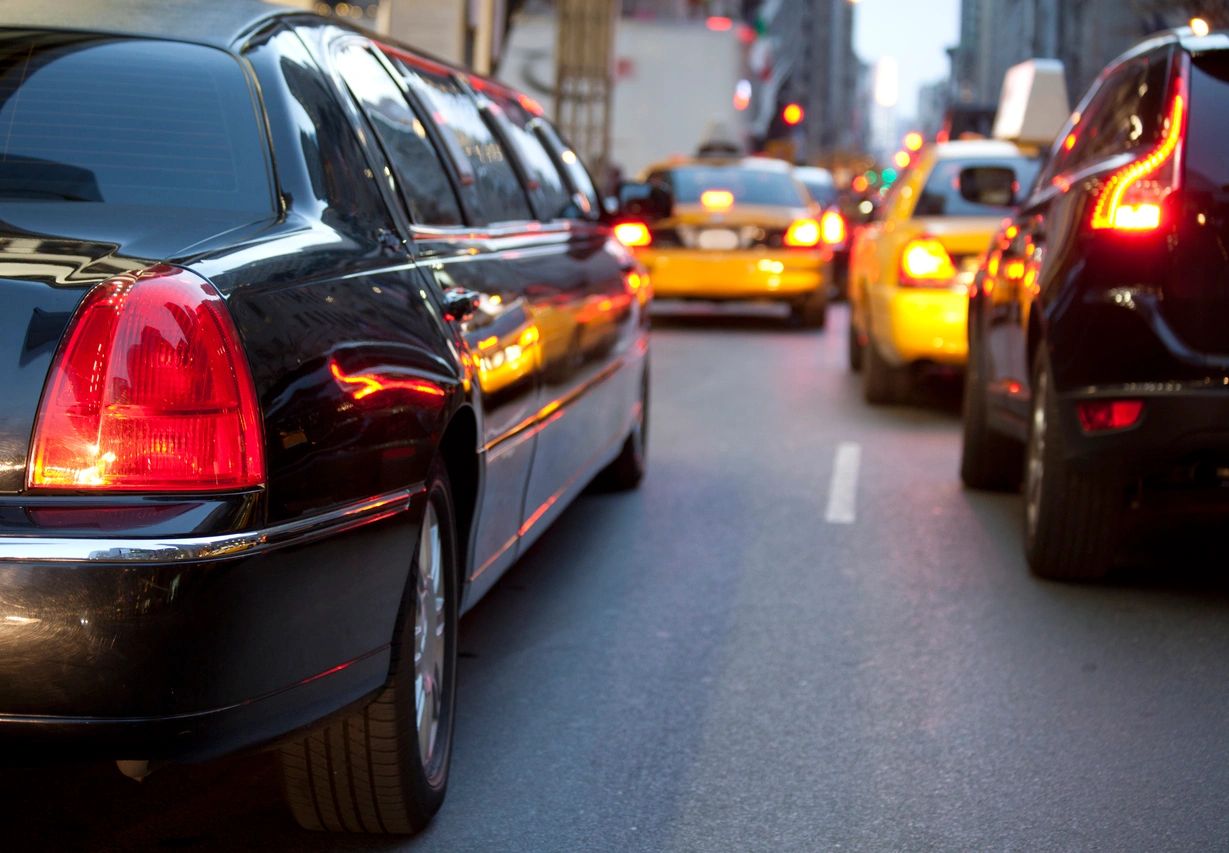New Yorkers regularly spare no expense in notifying the rest of the country, and especially each other, just how expensive it is to live here. In fact, if we weren’t suffering right along with the rest of the state, we’d almost think it was a bragging contest. Unfortunately, there’s nothing to brag about when it costs several limbs just to keep the lights on in a place you call home.
It gets even worse when our elected officials and various groups and boards enthusiastically lobby for one regressive tax after another, continually signifying that they are simply out of touch with the rest of the state.
The long-discussed and controversial-from-the-beginning New York City congestion pricing plan has officially been approved by the board of the Metropolitan Transit Authority (MTA). In a 9-1 vote, the board approved a plan that imposes a $15 base fare for cars entering Manhattan south of 60th Street. The plan also includes a $7.50 fare for motorcycles, a $24 fare for small trucks and a $36 fare for large trucks, while some vehicles will receive exemptions, such as city buses and yellow cabs.
The lone board member who voted against the plan was David Mack of Nassau County, who said he thinks it is “just an added burden.”
The Traffic Mobility Board believes that congested roadways are only another cost passed onto businesses as part of their bottom line.
Governor Hochul has voiced her support for the initiative, stating that congestion pricing will lead to “cleaner air, better transit, and less gridlock.”
While we’re not opposed to finding creative solutions to lessening high road congestion and the associated cost of doing business, we are against yet another tax on citizens in one of the most taxed places to live already. Furthermore, it’s another camera pointed at people every time they leave their houses, already substantiated by red light cameras, school bus cameras, and work zone speed cameras. We’re not against creative solutions, we’re against constant surveillance and compounding taxes that further hold struggling citizens underwater.
Additionally, it’s bad enough that the state feels the need to constantly monitor its own citizens, but New York City doesn’t exactly have any marketable alternatives to driving. The subways are a constant death zone, chock full of random stabbings and platform shovings, so much so that Congressman Lee Zeldin (R-Shirley) held a press conference at nearly every subway station that experienced such an attack during last year’s gubernatorial campaign. Hochul’s words to him and others who commented on the spiraling crime issue: “Stop fear mongering, you’re a ‘data denier.’”
The streets are dirtier than they have been in years and the rising crime rate only leads people to feel safer in their vehicles than on foot. The cold weather won’t bring a notable increase in foot traffic and the ongoing migrant crisis sees more and more immigrants camped outside of hotels, rec centers, and even schools.
The congestion tax forces New Yorkers into an uncomfortable corner, especially when the city needs commerce and economic stimulus. If dissuading people from traveling into parts of the city is the modus operandi of the governor and the MTA Board, then they might not be thinking the whole revenue stream through. Additionally, the plan seems short-sighted in that traffic must go somewhere. If people don’t flock from their cars to subways, buses, or the sidewalks, traffic will balloon elsewhere. It’s one of the largest cities in the world; there will be traffic.
If trying to tax ourselves into prosperity is like standing inside a bucket and trying to lift ourselves up by the handle, taxing the traffic away to ease congestion or more or less the same thing.
Except with another tax slapped on New Yorkers, it’s like putting a hat on a hat, as if to say “While we’re at it, we’ll tax you for driving in a car you already pay taxes on, to drive on roads you already pay taxes to maintain – yet often aren’t – to drive to or from a home you are taxed astronomically to live in.”








